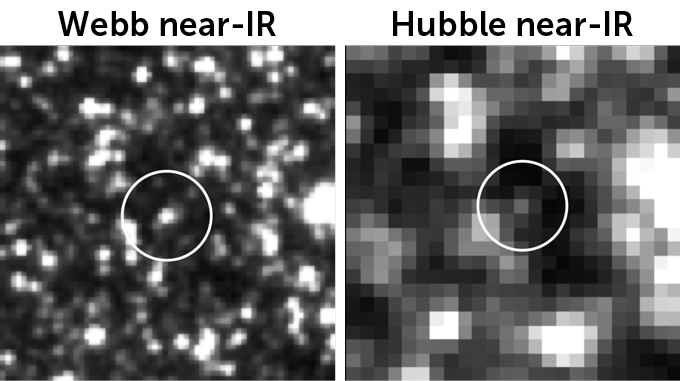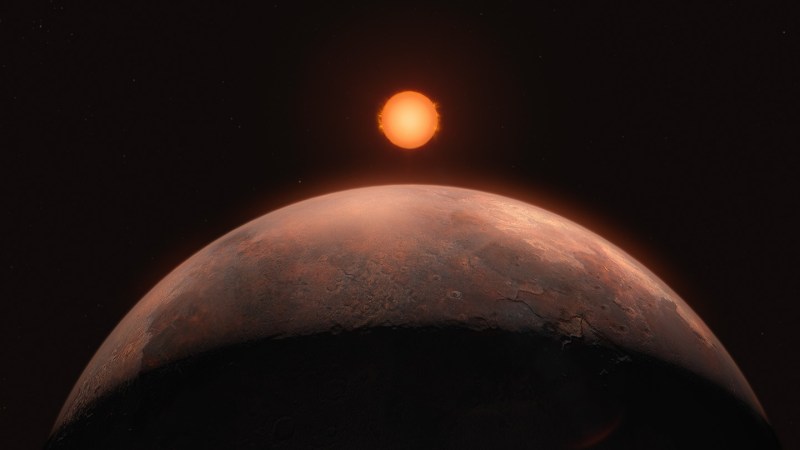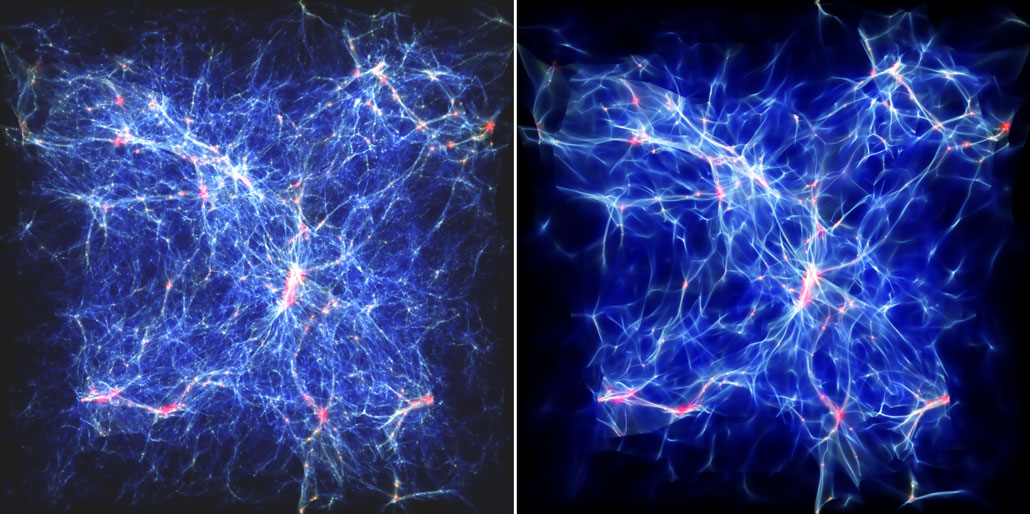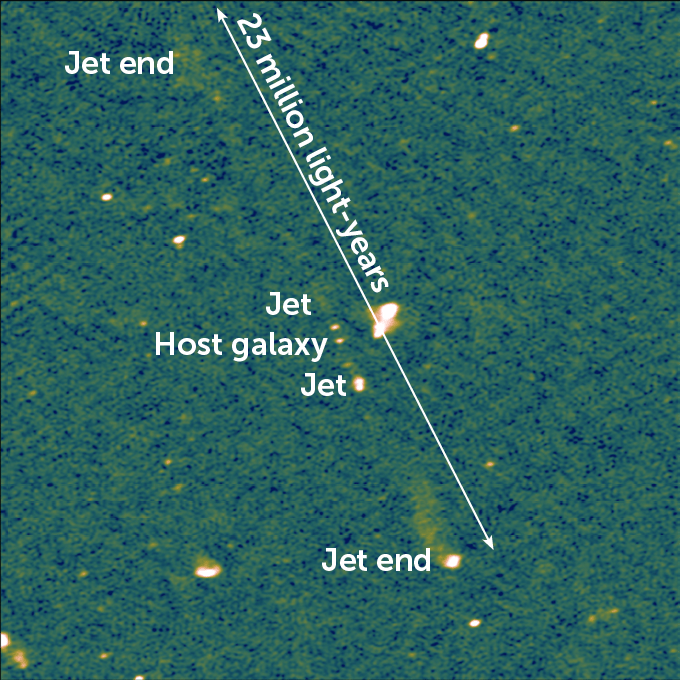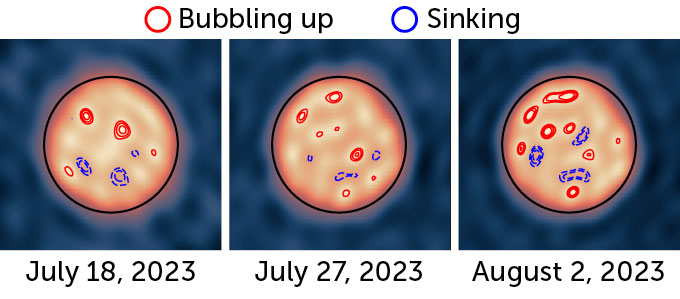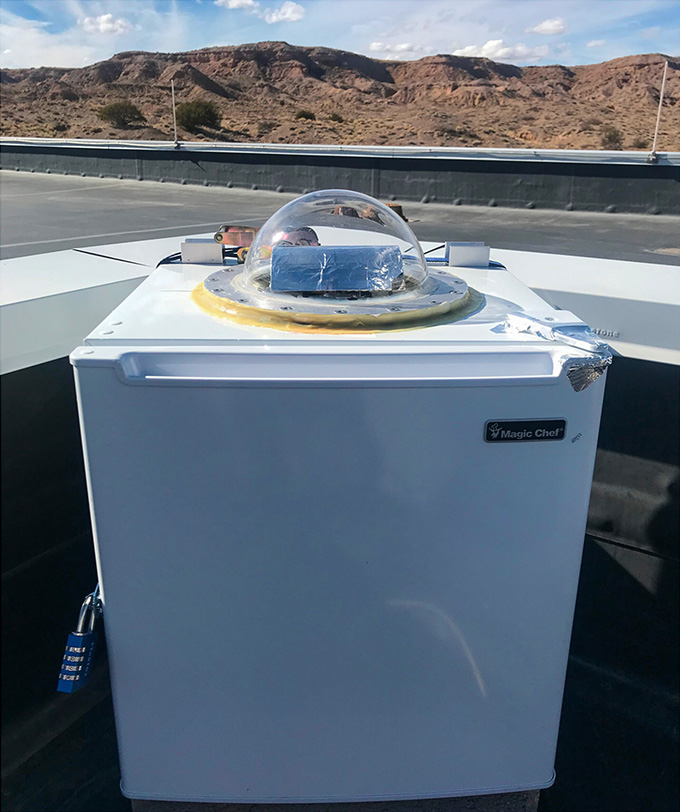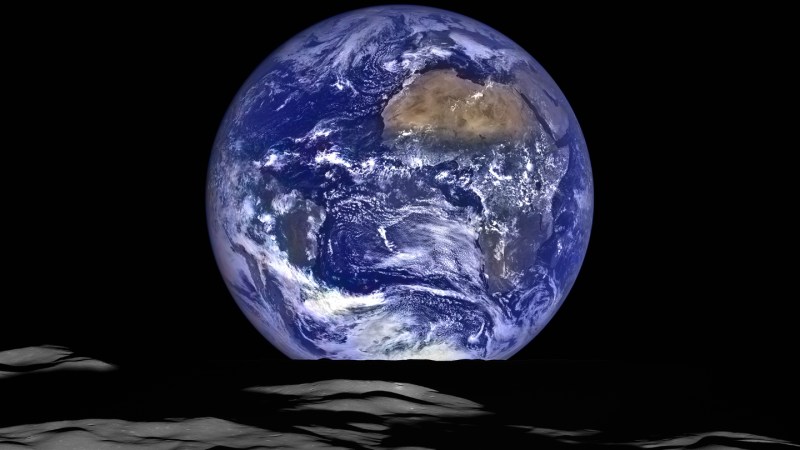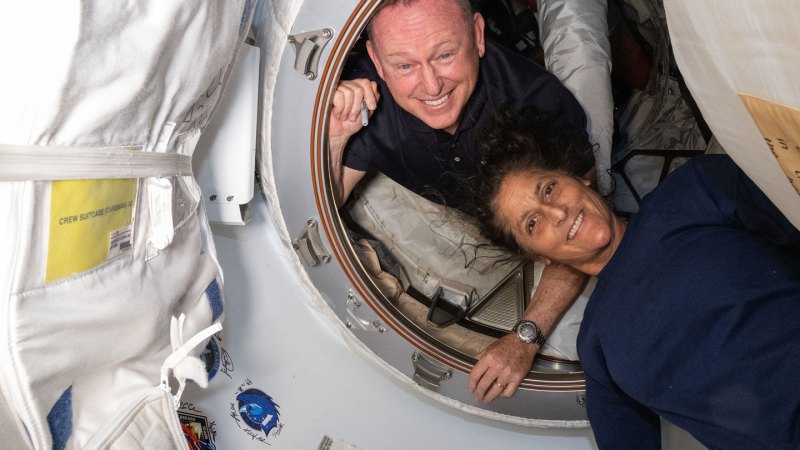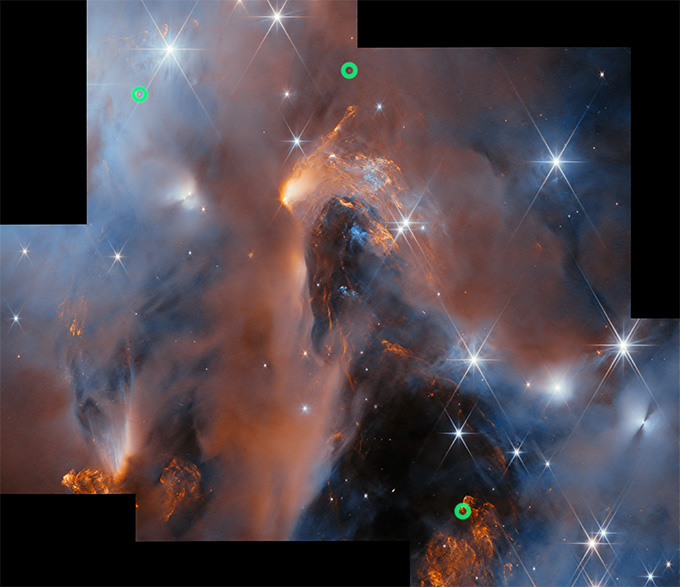In an epic cosmology clash, rival scientists begin to find common ground
The biggest clash in cosmology might be inching closer to resolution, thanks to the James Webb Space Telescope. Scientists disagree over the universe’s expansion rate, known as the Hubble constant. There are two main methods for measuring it — one based on exploding stars called supernovas and the other on the universe’s oldest light, the … Ler mais
